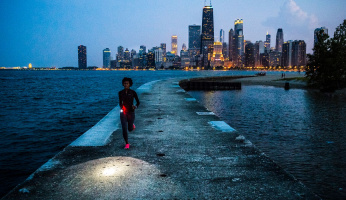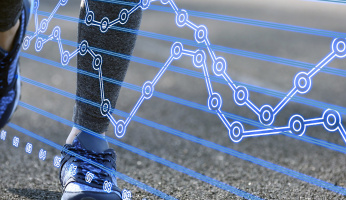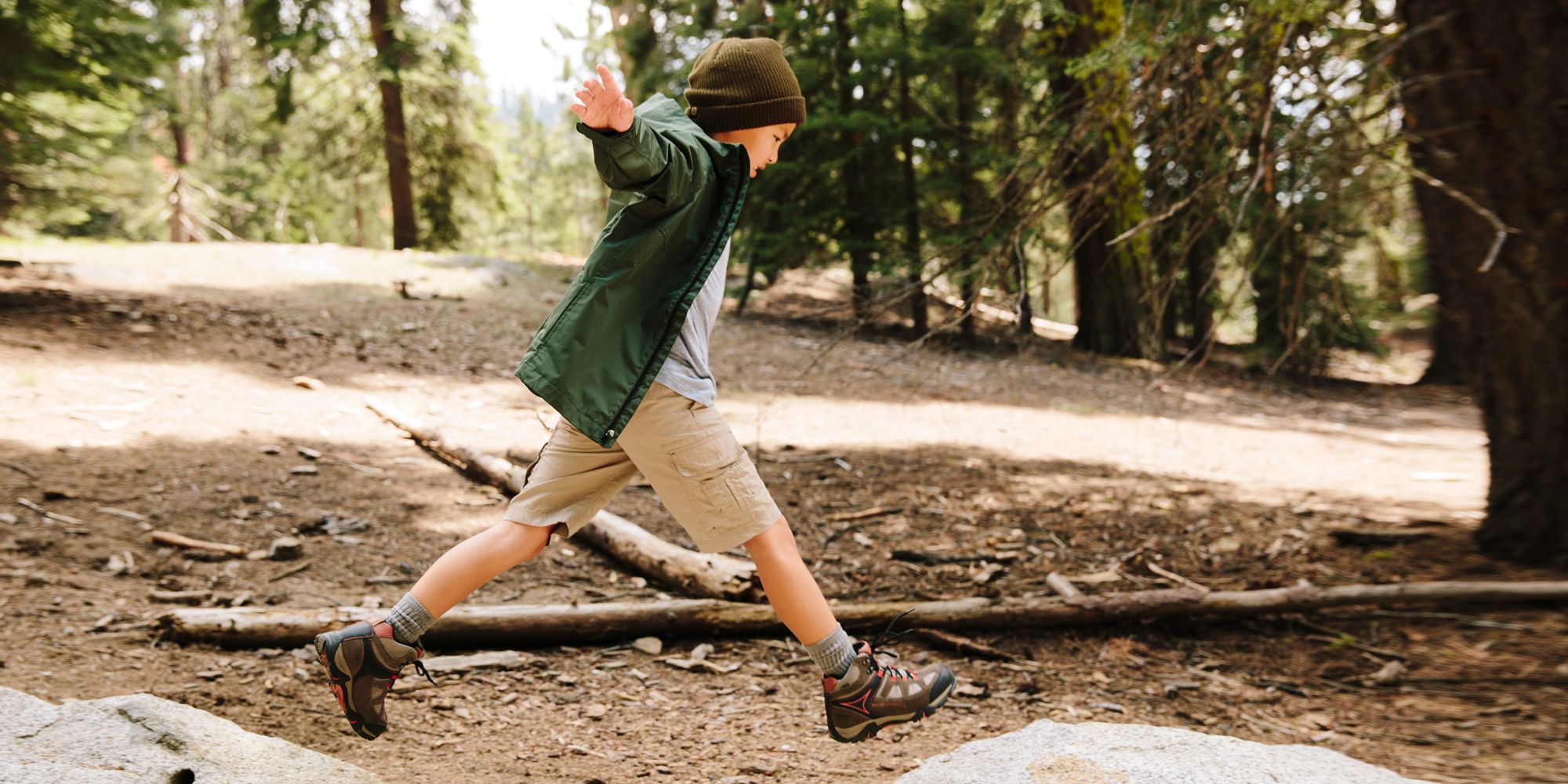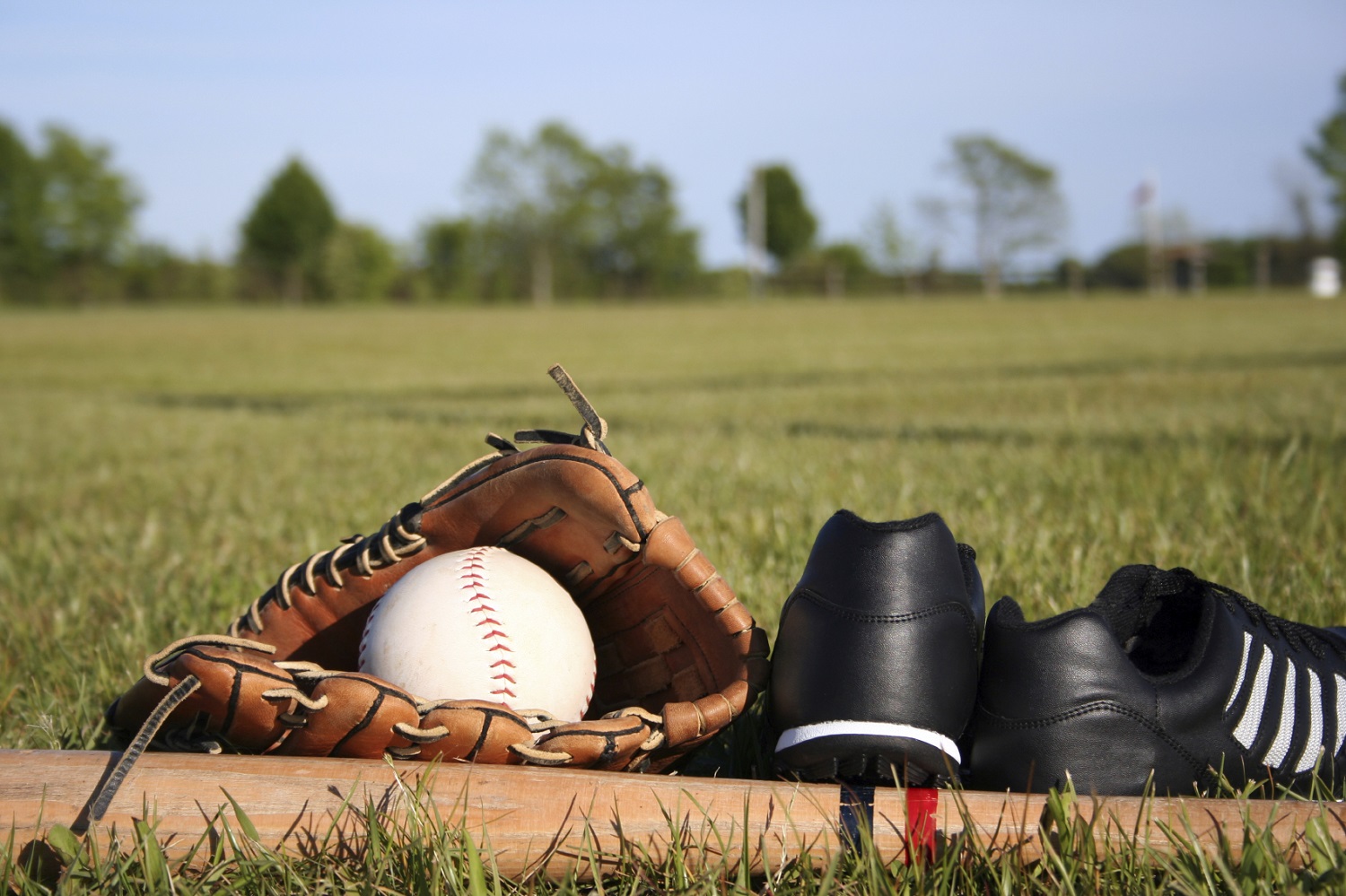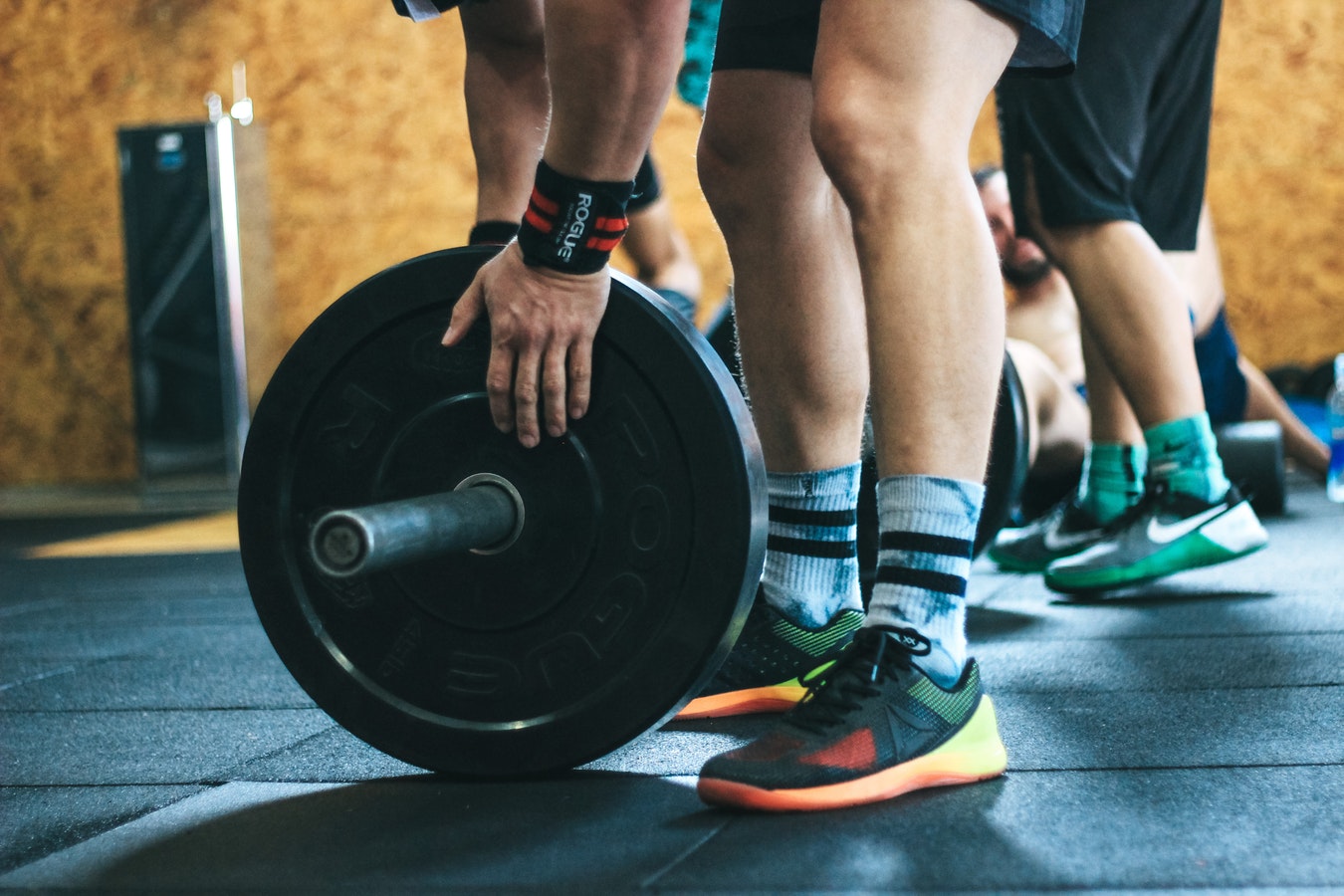What is This Thing They Call Runner’s Face?
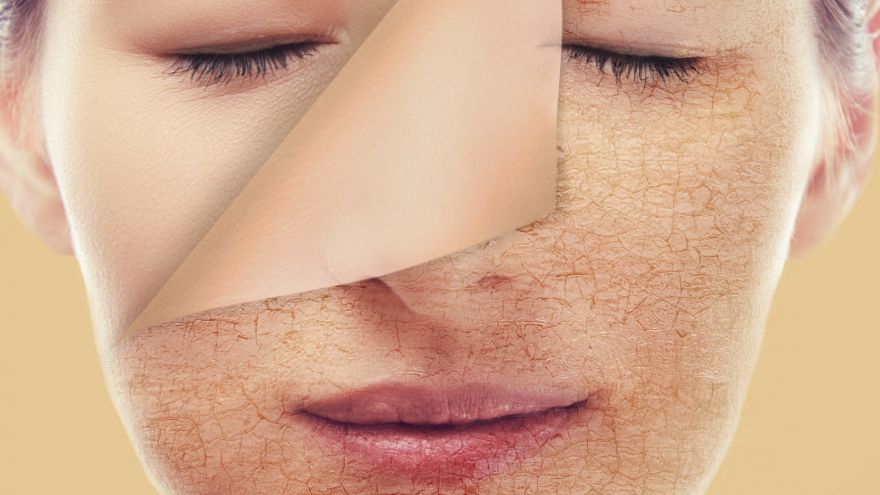
So, what is a runner’s face? Runner’s face is the idea that many years of running can cause your face to appear saggy and make you look older than you actually are. This has been correlated to decreasing body fat and excess sun exposure. But, does the risk outweigh the benefit?
Sun Exposure
The sunlight is the generator of life. Sunlight allows our bodies to produce the most useful form of Vitamin D, this helps our body absorb calcium. But, sunlight can also be damaging to the skin.
When you are going out into the sun, it is recommended that you wear sunscreen with an SPF of at least 30 or higher and wear protective clothing for exposed skin. The time of day when UV rays are the most intense is between 10 am and 4 pm. So, it is recommended to avoid going outside or limit your outdoor activities during these times.
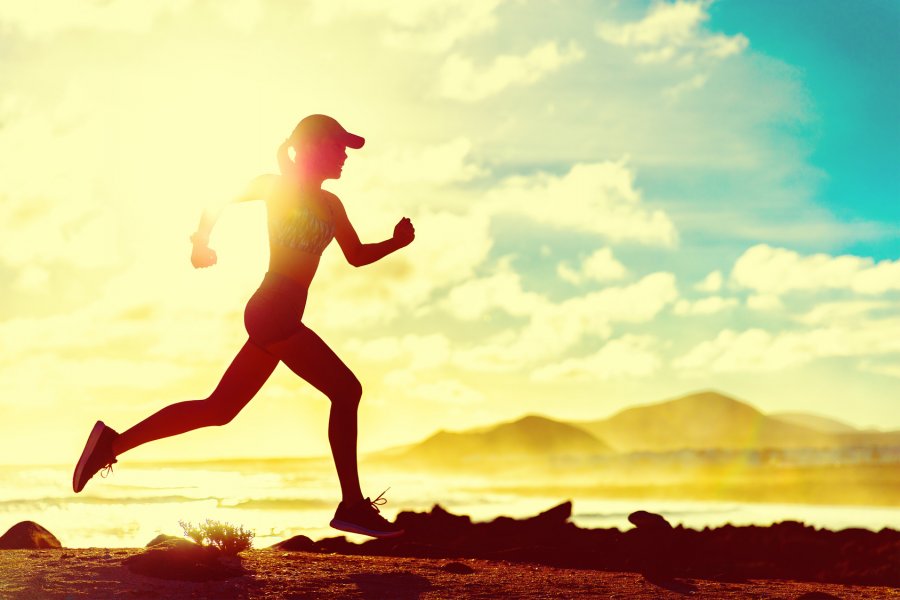
It is important to be aware that the sun can reflect off of water, sand, and cement while you are under shaded areas. Also, keep in mind you can get sunburn on cloudy days, even when it is foggy outside, due to UV rays being so strong.
Sagging Skin
Skin can sag or wrinkle due to many internal and external factors that could include:
- Dehydration
- Bone structure changes
- Weight loss
- Aging
- Smoking
- Sun exposure
- Genetics
As we age, the bone structure of our face changes and does not support the soft tissues the same. This is a genetic factor that leads to sagging. Changes to the way fat and water stores in the body also may have an effect on the way the body looks as we age.
Weight loss, if done rapidly and/or after excessive weight gain, can cause an individual to have sagging skin. This extra skin can affect self-esteem and cause skin irritation. If the elasticity in the skin has been lost surgical removal of the excess skin is an option.
Some of these factors are preventable and here are some helpful tips to think about…
- Go running in the morning or at night
- Workout indoors
- Be sure to drink water before and after runs
- Eat a well-balanced diet, some vitamins can help protect our skin
- Wear sunscreen and protective clothing
- Quit smoking, may improve how your skin feels and looks
- Start a daytime/nighttime skincare regimen
- Moisturize your skin to decrease shriveling cells and to lock in water
So, Is Runner’s Face a Myth?
Runner’s face could be coined many other names, such as skier’s face, gardener’s face, biker’s face, or surfer’s face. All of these activities are done outside and increase the individual’s chances of excess sun exposure, dehydration, and could allow them to lose weight. So, do not fret.
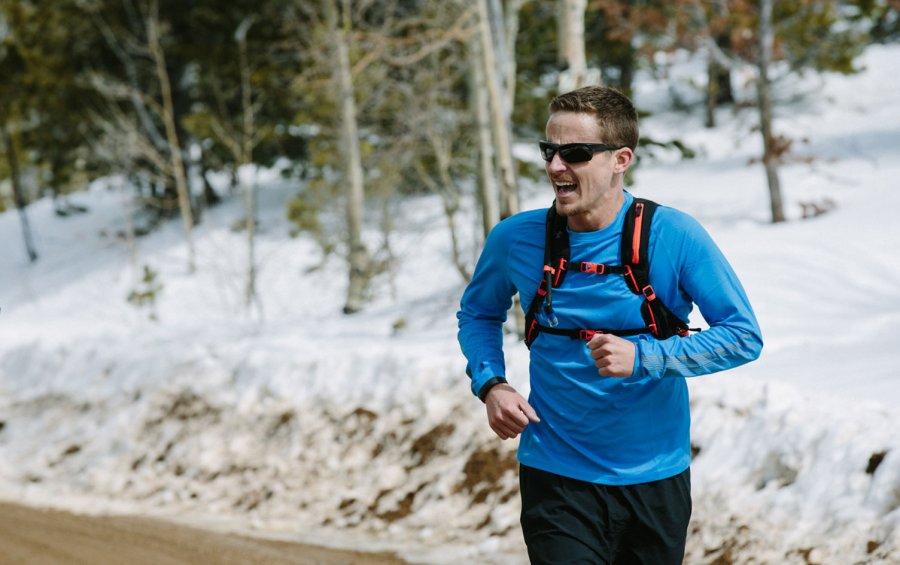
Skin is the first barrier for preventing exposure to diseases and protection from the environment around us. So, it is important to make sure you keep your skin healthy. Although we cannot alter our genetics or stop aging, we can give our bodies the best resources to slow the process of the inevitable.
Remember to check your skin regularly for new molds, skin discolorations, and for uniform texture. Contact your dermatologist if you notice changes in the color, size, texture, and diameter of your existing molds or in the look and texture of your skin.
Let’s see…
The risk of running is way more beneficial to your overall health than the meaning runner’s face portrays. So, put on your best running shoes and leave your worries on the pavement. The last time I checked, stress causes more health issues than running. Remember to incorporate rest days and have fun.
Sources
- , Sunscreen and Sun Protection, Medical Website
- , Sagging Face: Bones to Blame?, Medical Website
- , About ‘Runner’s Face’: Fact or Urban Legend?, Health Information Website
- , Wrinkles, Clinic





